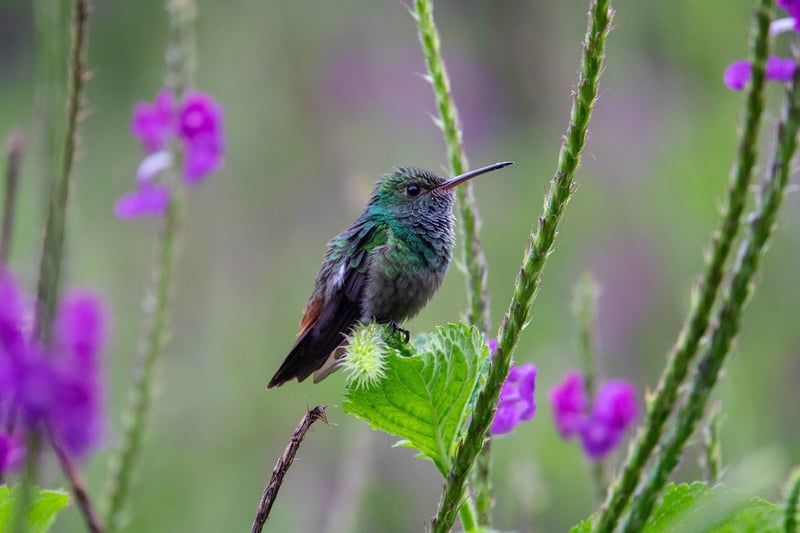Biodiversity
The Foundation of Biodynamic Philosophy and its Emphasis on Biodiversity
Biodynamic agriculture is a holistic, ecological, and ethical approach to farming, gardening, food, and nutrition. It is based on the principles and practices outlined by Austrian philosopher Rudolf Steiner in the early 20th century. At the core of biodynamic philosophy is the concept of the farm as a self-sustaining ecosystem, where all elements are interconnected and work together in harmony.
Key Principles of Biodynamic Agriculture:
- Organic Practices: Biodynamic farming strictly prohibits the use of synthetic chemicals and pesticides, relying instead on natural methods to enhance soil fertility and pest control.
- Biodynamic Preparations: Specialized compost and field sprays made from herbs, minerals, and manure are used to stimulate biological processes and enhance plant growth.
- Planting Calendar: Biodynamic practitioners follow a planting calendar based on lunar and cosmic rhythms to optimize plant growth and health.
- Farm Biodiversity: Emphasis is placed on maintaining diverse habitats, crops, and livestock to create a balanced and resilient ecosystem.
The Importance of Biodiversity in Biodynamic Agriculture:
Biodiversity plays a crucial role in biodynamic farming practices, as it fosters natural pest control, soil health, and overall ecosystem resilience. By cultivating a wide variety of crops, flowers, and herbs, biodynamic farmers create habitats for beneficial insects, birds, and microorganisms that help maintain ecological balance.
Furthermore, diverse plantings improve soil structure, water retention, and nutrient cycling, reducing the need for external inputs and enhancing the farm's self-sufficiency. Crop rotation and intercropping are common techniques used in biodynamic agriculture to maximize biodiversity and minimize the risk of pests and diseases.
Enhancing Biodiversity in Biodynamic Farms:
Biodynamic farmers employ various strategies to enhance biodiversity on their farms:
- Polyculture: Growing multiple crops together in the same field to mimic natural ecosystems and increase biodiversity.
- Hedgerows and Windbreaks: Planting native trees, shrubs, and flowers along field edges to provide habitat for beneficial insects and wildlife.
- Cover Crops: Planting cover crops like clover and vetch to protect soil, fix nitrogen, and attract pollinators.
By prioritizing biodiversity and ecological harmony, biodynamic agriculture not only produces high-quality, nutrient-dense food but also contributes to the conservation of natural resources and the promotion of sustainable farming practices.

Embracing the principles of biodynamic agriculture and promoting biodiversity on farms can lead to a more resilient and regenerative food system that benefits both people and the planet.
For more information on biodynamic agriculture and biodiversity, you can visit the Biodynamic Association website.
